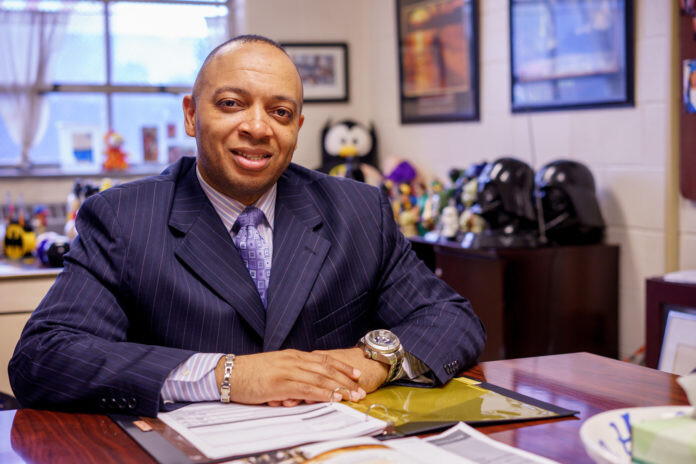This issue of Educational Leadership examines the transitions of students who move from one stage of schooling to another. But these aren't the only significant transitions in schools. Leadership transitions can have a tremendous effect on the operation and culture of the school.
Principals debate the wisdom of leading a school for a long time and making a long-term difference versus taking on new and exciting challenges in a new place. Some move on by choice; some learn from others that it's time for a change. Some retire. Others move to the central office. Leaders often grieve leaving a beloved school to which they have dedicated years of service. For a few, changing jobs is a welcome relief.
Whatever the reason, the transition can be scary. Safety is in the known, the familiar. Most principals love their schools and find deep meaning in their work, and they feel a sense of ownership and commitment to "my school" and the culture and the relationships embedded within it. But despite strong feelings of commitment, principals aren't permanent fixtures in their schools. For all principals in all schools, there comes a time to leave.
New leadership can bring new life to a school, but it also can have deleterious effects. How should principals leaving their positions prepare for a successful transition? Should they just pack their stuff, take down pictures, and celebrate their accomplishments? Is it acceptable for the newcomer's initiation to simply consist of receiving a map to the school and a key to the office?
- Communicate your intentions to leave to the central office early on. It takes planning and time to find good principals. It serves no one well to be blindsided.
- Initiate a conversation about your school with those searching for your replacement. Is there strong teacher leadership? What lies in wait from the teachers' union or the parent association? You may have little input into who your successor will be, but you can help the decision makers by providing this kind of information, which will help them determine what sort of principal will be most effective.
- Prepare teachers. Being known as the lame duck for an entire year is ineffective, but springing your decision on teachers late in the year can engender a sense of betrayal, abandonment—or celebration! Tell staff—all together—before the official announcement goes out to the community. They are the ones most deeply affected.
- Keep working. Continue to take part in planning, budgeting, and even hiring. Show you care about the school's future even if you will not share it.
- Supervise, coach, and evaluate with vigor. As you write final evaluations, be specific about teachers' strengths. Your affirmation will reinforce their effective teaching. However, continue to hold the difficult conversations. If teachers are in remediation, keep clear records of your interventions. The new leadership will need to work with those teachers, and your information will be helpful.
- Welcome the new principal. Walk the building together. Introduce him or her to students, staff, and community. Continuity is crucial. You are, after all, on the same team!
- Plan ceremonies and rituals. These are important for closure, for preserving memories of your leadership, and for introducing the new principal. As you receive farewells, your successor may benefit from welcoming ceremonies. The final assembly and the last parent or faculty meeting at which you both appear symbolize continuity and smoothness of transition.
- Leave an organized workspace. Clean out files and all personal items in your desk and on your computer. But leave behind an organized calendar and up-to-date files, clearly marked and accessible.
- When you leave, leave. Long phone calls or lunches with your former teachers or assistants to "check up" prolong connections that are often better excised cleanly. Some relationships will continue and, indeed, might last a lifetime. But hearing how much better things were "when you were here" is self-serving and harmful to the new leader.
Principals may have little or much control over the decision to move on. We are, however, in control of the manner in which we leave. Graciousness and dignity are available to all. Mean-spiritedness says more about the person than the job.
School leadership is by its nature a revolving door, even when a principal remains in a building for many years. What provides the lasting continuity in a school is the collective commitment to the essence of our profession and an unflappable understanding that our work serves the human, intellectual, and spiritual needs of children. That is the real glue that holds our schools together as we say goodbye and hello, again, to our leaders.



